Anti-War Resistance in the US Military During the Vietnam War
Following the Japanese bombing of Pearl Harbor during World War II, many American civilians were eager to go off to war. It was a much different story when the Vietnam War broke out a few decades later. There was a rash of draft dodging and anti-war fervor, the latter of which moved overseas with many of the troops who were sent off to fight.
The GI Movement
Anti-war resistance within the US military became more organized and eventually was known as the “GI Movement.” The early days of the movement occurred within the Army and Marine Corps, and later spread to the Air Force and Navy.
During this time, a number of anti-war newspapers were published by soldiers. According to Vietnam veteran and author David Cortright, there were more than 400 separate anti-war periodicals published during the conflict.
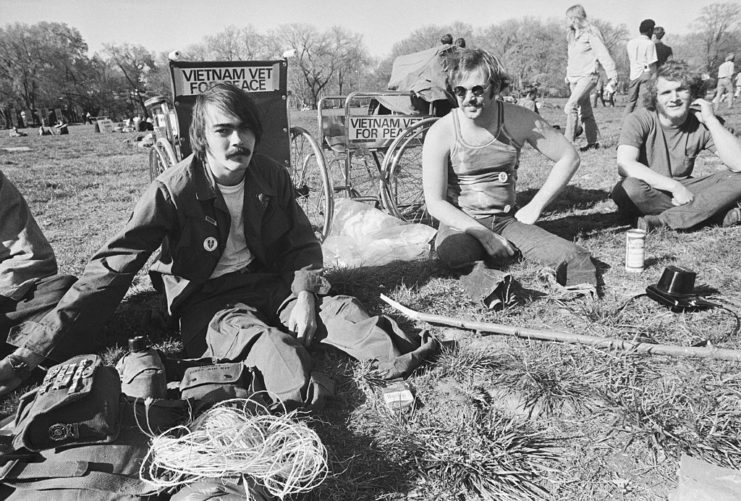
In some cases, the resistance went even further. There was the creation of GI coffeehouses by civilians to support servicemen who were against the war. Located near active military bases, soldiers could enjoy free coffee and live music, along with counterculture magazines and posters. The majority were short-lived, but others survived until the end of the conflict.
Cortright notes that more than a quarter of soldiers serving in Vietnam admitted to reading an anti-war periodical or going to a coffeehouse.
Some soldiers took their resistance a step further
Some members of the military went further than publishing anti-war newspapers. This included ignoring orders and leaving base without permission, making them AWOL. A book by Lawrence M. Baskir and William A. Strauss notes there was a 400 percent increase in Army desertion between 1966-71.
In June 1966, Private First Class James Johnson Jr., Private Dennis Mora and Private David A. Samas refused to be deployed to Vietnam. Later known as the “Fort Hood Three,” they were among the earliest service members to publicly resist the war from within the US military. For many, their actions were “a turning point in the broader anti-war movement” and “the beginning of a rank-and-file upsurge against military authority and [the] war.”
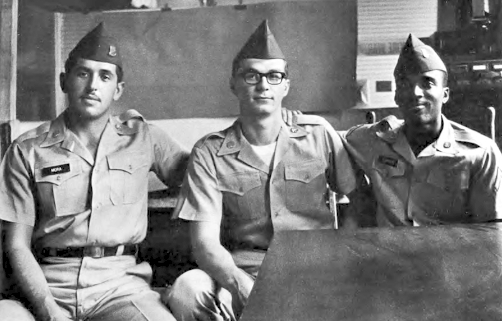
The large number of deserters had a significant impact on the services. Richard Moser wrote in the New Winter Soldiers: GI and Veteran Dissent During the Vietnam Era that the desertions “forcibly curtailed military capabilities and contributed to the aura of chaos that hung over the armed forces by the early 1970s.”
Some soldiers resisted the war by ignoring direct commands from their commanding officers. One of the most famous incidents was revealed in a 1969 New York Daily News article. According to the story, a group of 60 soldiers defied their commander’s direct orders.
African-American soldiers and resistance to the Vietnam War
At the same time the Vietnam War was being fought, the Civil Rights Movement was exploding across the United States, and these feelings of resistance traveled overseas with troops. Many African-American soldiers also complained of being unfairly punished, given menial tasks and denied promotions which they’d earned.
After decades of making the same sacrifices as White soldiers and being treated differently, Black servicemen were fed up.
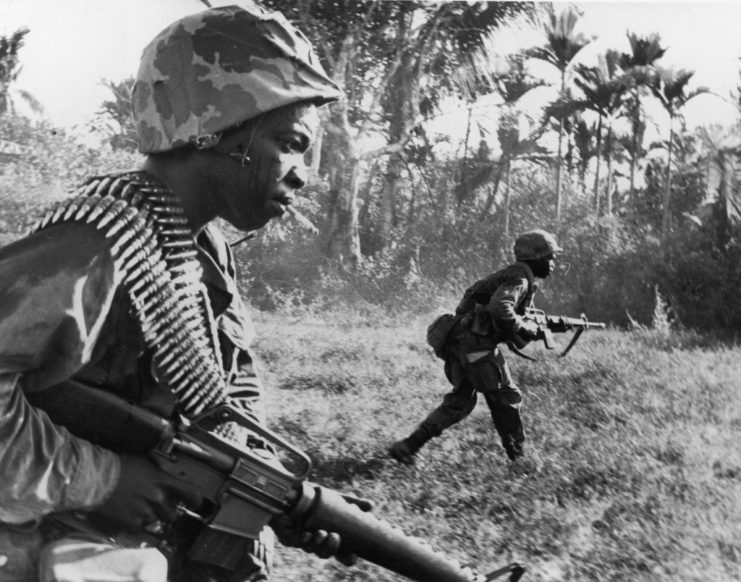
The biggest way this phenomenon revealed itself was in racial uprisings. There was one in 1968 at the Long Bình Jail in Đồng Nai Province, an American institution that held servicemen convicted of a number of crimes. By August 1968, it was at almost twice its capacity, with over 50 percent of inmates being Black. These prisoners felt they were being more severely punished, prompting a riot that left one soldier dead.
Another uprising occurred at Travis Air Force Base, California. According to the Oakland Tribune, the riots started after a White airman kicked an African-American one during a fight, causing already high tensions to reach a boiling point. More than 600 airmen took part in the 1971 riot and, following the four-day incident, 135 individuals were arrested for their actions.
There were a number of fragging incidents during the Vietnam War
The worst incidents of rebellion against authority during the Vietnam War involved fragging. Fragging is the killing or attempted murder of a soldier by another serviceman, and the most common version of the act featured a lower-ranking soldier attempting to kill a commanding officer. It was often done with the use of fragmentation grenades, which were issued to those serving in the Army and Marines.
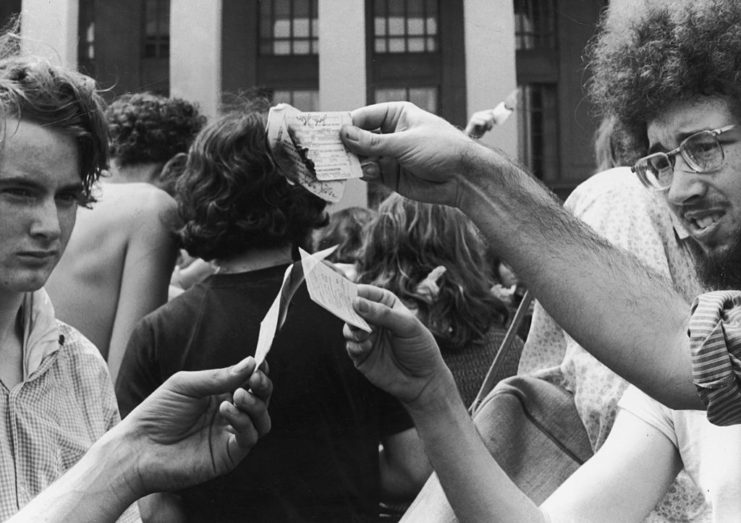
Fragging incidents became somewhat common during the Vietnam War. Sources say that between 1969-72, there were nearly 900 attacks in Vietnam. The situation got so bad that officers began to change practices. Some remained armed at all times and others altered their sleeping arrangements to prevent danger.
The resistance efforts helped expedite the end of the Vietnam War
In the early 1970s, the US government became aware of the devastating effects of the resistance to the Vietnam War. When Secretary of Defense Melvin Laird visited Vietnam in 1971, he was said to be “shocked and distressed” by the level of morale he saw on the ground. Knowing the country’s ground forces were not where they needed to be, the US began to call for more airstrikes.
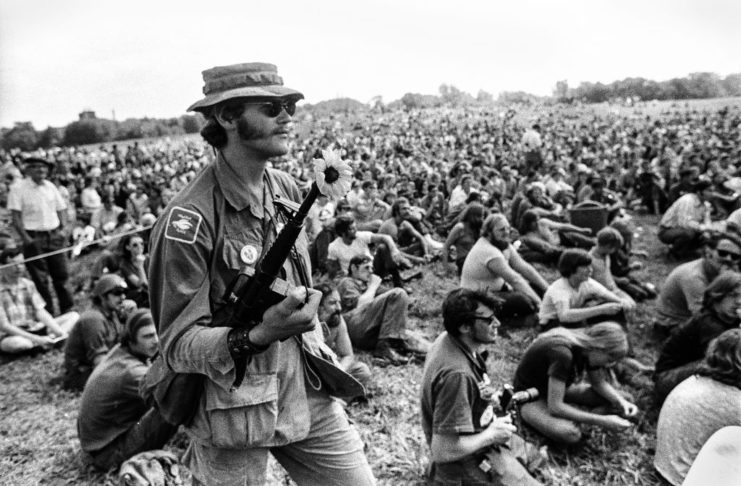
More from us: The USS Midway’s Aircraft Were Credited with the First MiG Kills in Vietnam
The situation in Vietnam had an effect on President Richard Nixon’s thinking, and the poor morale reportedly made him more eager to accelerate the end of the war. In 1973, the US formally ended its practice of conscription.
The post Anti-War Resistance in the US Military During the Vietnam War appeared first on warhistoryonline.
Post a Comment
0 Comments